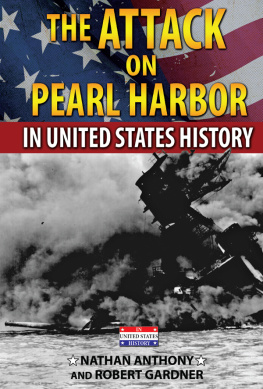The Associated Press - Pearl Harbor
Here you can read online The Associated Press - Pearl Harbor full text of the book (entire story) in english for free. Download pdf and epub, get meaning, cover and reviews about this ebook. year: 2016, publisher: The Associated Press, genre: History. Description of the work, (preface) as well as reviews are available. Best literature library LitArk.com created for fans of good reading and offers a wide selection of genres:
Romance novel
Science fiction
Adventure
Detective
Science
History
Home and family
Prose
Art
Politics
Computer
Non-fiction
Religion
Business
Children
Humor
Choose a favorite category and find really read worthwhile books. Enjoy immersion in the world of imagination, feel the emotions of the characters or learn something new for yourself, make an fascinating discovery.
- Book:Pearl Harbor
- Author:
- Publisher:The Associated Press
- Genre:
- Year:2016
- Rating:3 / 5
- Favourites:Add to favourites
- Your mark:
- 60
- 1
- 2
- 3
- 4
- 5
Pearl Harbor: summary, description and annotation
We offer to read an annotation, description, summary or preface (depends on what the author of the book "Pearl Harbor" wrote himself). If you haven't found the necessary information about the book — write in the comments, we will try to find it.
Pearl Harbor — read online for free the complete book (whole text) full work
Below is the text of the book, divided by pages. System saving the place of the last page read, allows you to conveniently read the book "Pearl Harbor" online for free, without having to search again every time where you left off. Put a bookmark, and you can go to the page where you finished reading at any time.
Font size:
Interval:
Bookmark:
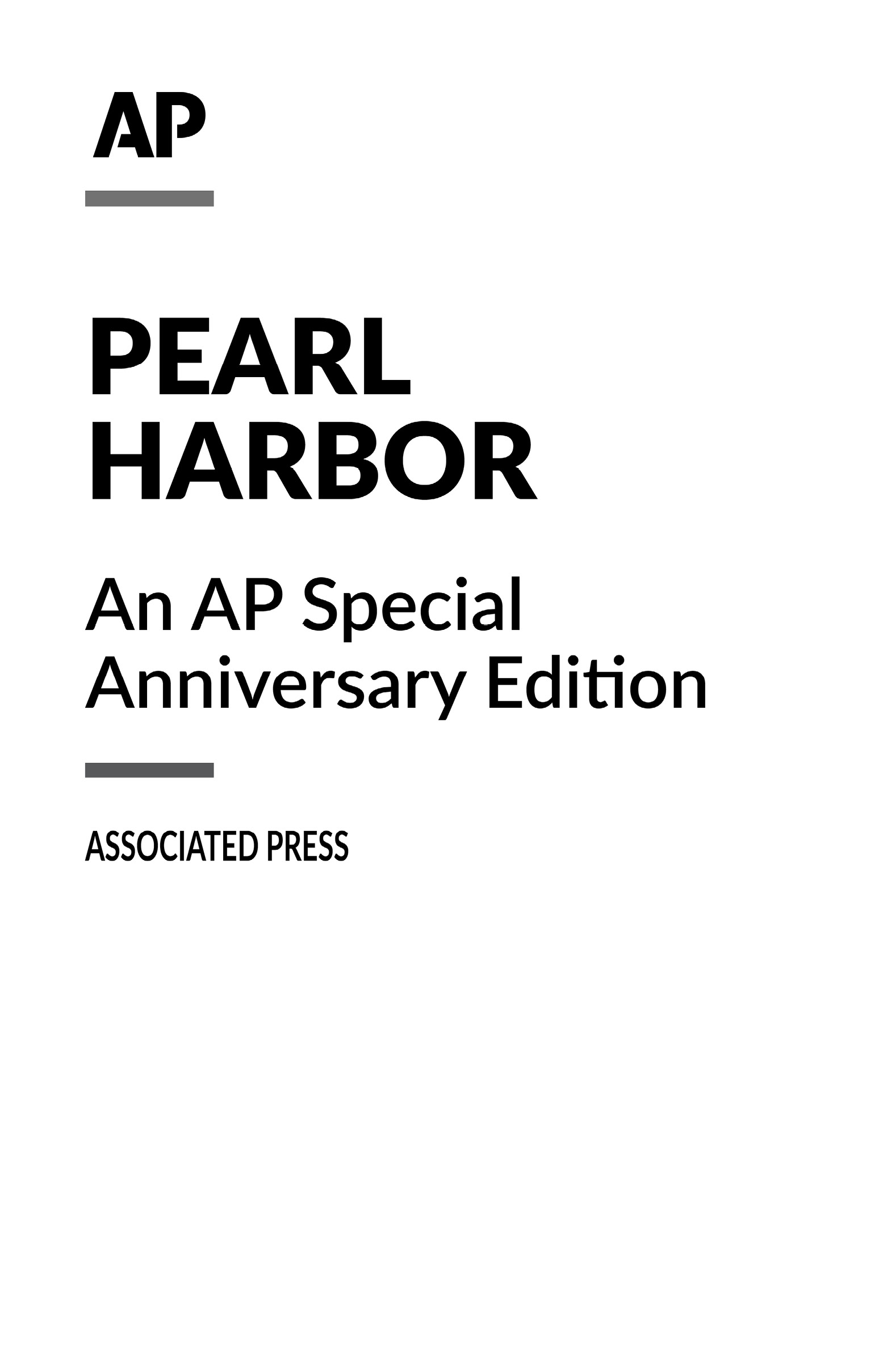
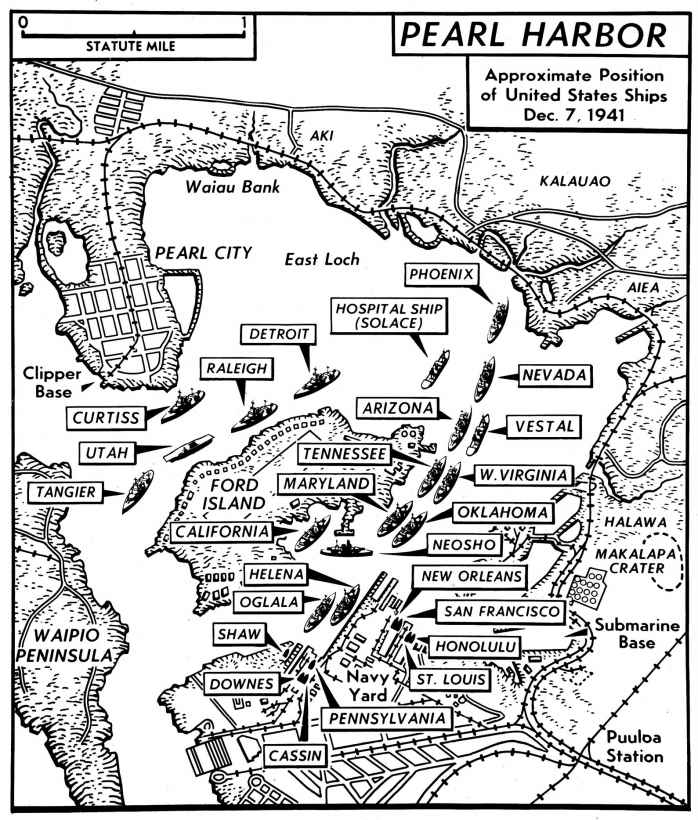
Saturday, December 6, 1941, was a last day of innocence, the last time Americans could realistically hope to avoid entanglements abroad and freeze time at home.
It was a country where a national debt of $47 billion was widely regarded as a scandal; where only a few million people had to pay federal income taxes; where congressmen made $10,000 a year.
It was the era of Packards, Huppmobiles and Terraplanes, of 15 cent chocolate sodas at the drugstore on Main Street and Wednesday night band concerts on the courthouse steps.
Washington was so relaxed you could walk through the White House gate and onto its grounds without showing a pass. Los Angeles first smog alert was two years away, and in New York mugging meant making a funny face for Moms Kodak camera.
This was the America to which millions of soldiers over the next four years would dream of returning. But by supper time the next day it already was fading; by wars end it was gone, blown away like the ships and planes at Pearl Harbor.
That Saturday the sun rose shortly after 7 a.m. on a nation of one hundred and thirty-four million people, more than half of them living in rural areas or towns under fifty thousand.
Richard Nixon and Ronald Reagan were in Los Angeles, the former practicing law, the latter making movies. Ensign John F. Kennedy was spending the weekend in Washington. George H.W. Bush was in prep school in Andover, Massachusetts.
The civilian work force was fifty-six million strong, and three-quarters male. Women lived largely as their mothers had; most of those who held jobs did so of necessity. A third of housewives still cooked with wood or coal and half did laundry by hand or with a hand-cranked washing machine. Both farm and city women spent about fifty hours a week on household chores.
Somewhere between four million and five million people were unemployed. They included a disproportionate numbers of blacks, who had benefitted little from the boom in defense spending. More than three-quarters of all blacks still lived in the South, many under conditions that varied little from those endured by their enslaved forbearers.
The nation was still recovering from the Depression. The Gross National Product of $125.3 billion was twice the Depression low, and industrial production was up 66 percent over the late 1930s. But more than a third of the nations thirty- two million families lived below the poverty line of $1,500 a year.
The average weekly income was $40, the minimum wage 40 cents an hour. Those who paid federal income taxes did so a year later, in quarterly installments. (Withholding and take-home pay were unknown concepts.) A married man with two dependents paid no income tax unless his income was $2,500; then he paid $6. If his income was $5,000, he paid $271.
There were sixteen shopping days til Christmas, and business was booming. You could buy a bottle of scotch for less than $5, a good suit for $35, a phonograph for $300. A new Chevrolet sedan cost $900, a new Oldsmobile with Hydramatic drive $1,100.Nylons were replacing silk stockings, which had been made scarce by an embargo on Japanese silk thread. Brooks Brothers was selling custom-tailored olive drab soldiers shirts.
In Los Angeles, tenants paid $12.27 a month for apartments in Baldwin Hills Village, a new complex designed to separate pedestrians and automobiles.
All the buildings faced a central lawn, instead of streets, and cars were kept out back. On the other side of the country, William Levitt and Sons were building war worker homes in Norfolk, Virginia, learning how to lay dozens of concrete foundations a day and pre-assemble uniform walls and roofs.
Air conditioning was beginning to appear in office buildings, and advertisements and articles told of coming marvels such as kitchen garbage disposals, FM radio, and television, which had been successfully tested in a few large cities.
That night forty-six million people listened to The Lucky Strike Hit Parade on the radio. Others danced to the hit, Chattanooga Choo-Choo or paid 25 cents to see Abbott and Costello in Buck Privates or Bob Hope in Caught in the Draft.
But if December 6 was a last day of innocence, it also offered ample warning of trouble ahead. America, after all, was a nation in limbo: not at war, not really at peace.
The morning papers reported that the House of Representatives had appropriated an extra $8 billion for defense, increasing the Army to two million men, and that day President Roosevelt sent Japan a final plea for peace.
For the first time the country is now really on the verge of an actual all- out war, Walter Lippmann wrote in his column. An organization called Peace House took out an ad in The New York Times: Closed Until Further Notice On Account of Illness.
Prices had risen 10 percent in the past year, because the government was pumping more money into the economy at the same time that raw materials and manufactured goods were being diverted for military uses. Gas and sugar became scarce during the summer. Some merchants imposed their own makeshift rationing systems; a few even printed ration cards.
There had been a draft since 1940. On the comics page, Joe Palooka had joined the Army. Hank Greenberg, the Detroit Tigers slugger, was just out of the service, and Ted Williams had just been reclassified 1A. Thousands of men had participated in maneuvers that summer, many with wooden rifles.
So many Americans were thinking about planting victory gardens that the Agriculture Department issued a press release that Saturday warning against converting backyards, parks, playgrounds or other land suited for the purpose into gardens, as in the last war. There was enough food, and if there wasnt, the farmers would grow more.
As the day drew to a close, New Yorkers coming out of theaters along Broadway picked up early editions of the Herald Tribune, which had a story on Pearl Harbor, the point of defense of our West Coast.
With the slow dawning of the day came the first sounds of life awakening aboard the thirty-some ships resting at anchor in the slips and docks of the harbor. It was a Sunday morning and sailors of the United States Pacific Fleet were reluctantly going back to duty after a night of revelry, on Honolulu's notorious Hotel Street. Bells rang, loudspeakers echoed ritual flag-raising orders. A bleary-eyed bugler somewhere tested a faltering call to assembly. Aboard the battleships, cruisers and lesser warcraft, seamen gathered for breakfast.
Due to increasing international tensions in the Pacific, a delegation of Japanese diplomats were preparing to meet later that day with U.S. Secretary of State Cordell Hull but neither he nor the American guardians of Pearl Harbor knew the present whereabouts of a Japanese naval fleet that had recently slipped its moorings in the Inland Sea and, without raising any alarms, simply vanished in the western Pacific.
Just before 8 a.m, at a listening post on the heights of Kole Kole Pass, commanding a northern view of the harbor, military monitors were alerted to evidence of a large flight of planes heading in a southwesterly direction, and notified their control center. The center replied that it must be the group of US Army B-17 bombers that was due to arrive from the mainland.
Font size:
Interval:
Bookmark:
Similar books «Pearl Harbor»
Look at similar books to Pearl Harbor. We have selected literature similar in name and meaning in the hope of providing readers with more options to find new, interesting, not yet read works.
Discussion, reviews of the book Pearl Harbor and just readers' own opinions. Leave your comments, write what you think about the work, its meaning or the main characters. Specify what exactly you liked and what you didn't like, and why you think so.

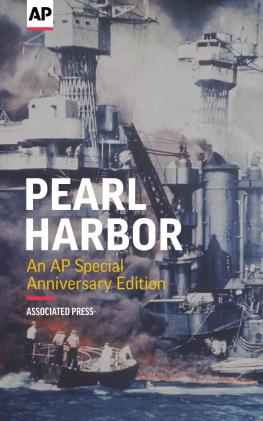



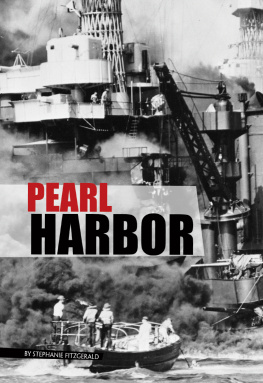
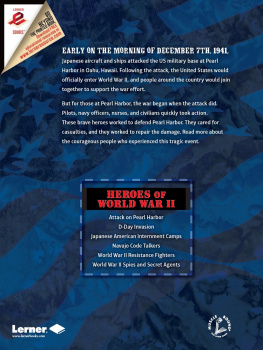
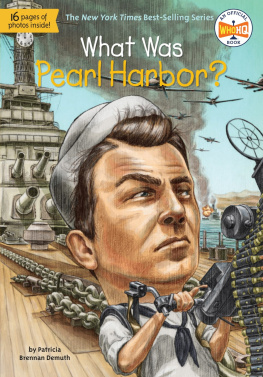
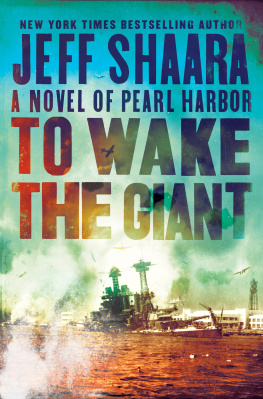
![Stinnett - Day of deceit : the truth about FDR and Pearl Harbor ; [with a new afterword]](/uploads/posts/book/102803/thumbs/stinnett-day-of-deceit-the-truth-about-fdr-and.jpg)
